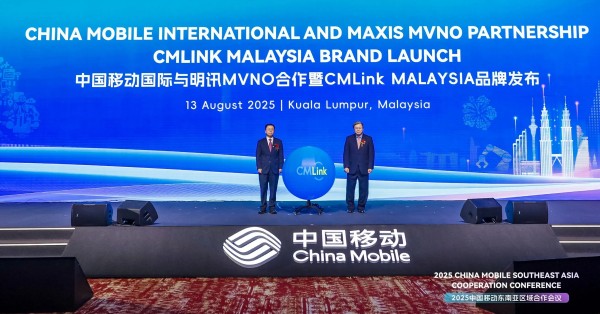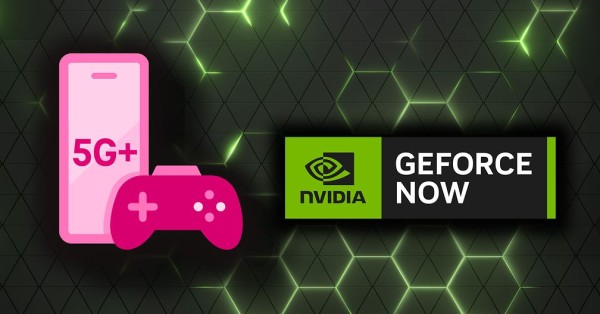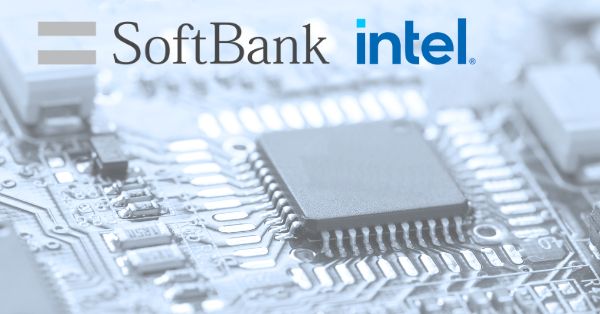AT&T to acquire EchoStar spectrum for $23B to boost U.S. 5G capacity and competition
AT&T has agreed to acquire approximately 50 MHz of low- and mid-band spectrum licenses from EchoStar for about $23 billion in cash, a move that could reset capacity economics and regulatory debates across U.S. mobile and satellite markets.
Deal overview and key terms
The transaction adds a significant block of licensed spectrum covering more than 400 U.S. markets, with closing targeted for mid-2026 pending regulatory approvals and customary conditions. Alongside the sale, AT&T and EchoStar expanded their network services agreement: EchoStar will operate as a hybrid mobile network operator and continue offering wireless services under the Boost Mobile brand, combining its own 5G footprint with access to AT&Ts nationwide network. EchoStar characterized the sale as part of efforts to resolve ongoing Federal Communications Commission inquiries into its spectrum deployment, while AT&T framed the deal as a customer-focused capacity and services upgrade. Initial investor reaction was split: EchoStar shares surged, while AT&T dipped modestly.
Why the 5G spectrum deal matters now
Data demand is compounding, fixed wireless access continues to scale, and the industry is moving toward 5G-Advanced features that depend on wider and deeper mid-band channels. AT&T has added C-band and 3.45 GHz in recent years, but more mid-band depth improves peak and median speeds, uplink performance, and overall user experienceparticularly in dense markets. Extra low-band enhances reach and indoor coverage, a foundation for nationwide service tiers, first-responder reliability, and massive IoT. Strategically, this portfolio densifies AT&Ts spectrum layer cake and narrows the mid-band depth gap with competitors in key markets, improving headroom for consumer, enterprise, and public-sector growth over the next five to seven years.
Regulatory outlook: FCC review, spectrum policy, and satellite impacts
The deal lands amid heightened FCC scrutiny of spectrum utilization and growing tension between terrestrial 5G and next-generation satellite services.
FCC review focus: utilization and buildout obligations
EchoStar has faced questions from the FCC regarding compliance with 5G build requirements tied to its licenses, amplified by complaints that mid-band assets remained underused. By selling to AT&Tan operator with capital, scale, and an immediate deployment roadmapEchoStar aims to satisfy regulators that these airwaves will be actively put to work. The parallel hybrid MNO arrangement for Boost Mobile further bolsters tangible utilization by moving more traffic across licensed networks. Expect the FCC to probe coverage commitments, rural build obligations, device interoperability, and potential wholesale access undertakings as conditions to approval, given the public-interest lens on underutilized spectrum.
Approval risks and market-level spectrum screen
Large-scale license transfers are assessed against market-by-market spectrum screens. In some localities, the additional MHz could trigger heightened review or targeted remedies such as divestitures or leasing. The timelinemid-2026reflects the complexity of license-by-license analysis, competitive impact studies, and potential conditions attached to the transfer. Satellite players have also pushed for expanded opportunities for non-terrestrial use of mid-band holdings; this transaction signals regulators continued prioritization of immediate terrestrial deployment where consumer and enterprise use cases are ready today. Watch for the FCCs public-interest statement, comment cycles, and any commitments on timing, coverage, and open-device ecosystems.
Competitive and customer impact on 5G performance
The spectrum infusion and Boosts hybrid MNO model alter the calculus for mobile capacity, prepaid competition, and enterprise-grade 5G services.
Network capacity gains and 5G-Advanced roadmap
For AT&T, the added spectrum is the most capital-efficient path to raise capacity without proportional cell-site expansion. Expect improved mid-band depth in congested zones, better low-band reach at the edge of cells, and more flexible carrier aggregation combos. That supports higher median speeds, stronger uplink for video and collaboration, and room to scale fixed wireless without degrading mobile performance. It also sets the stage for 5G-Advanced capabilitiesnetwork slicing pilots, uplink enhancements, and deterministic QoSthat enterprises seek for mission-critical apps, private 5G extensions, and edge computing. Public-sector and rural users should see steadier coverage and capacity, especially indoors and along transportation corridors.
Boost Mobile’s hybrid MNO strategy and prepaid competition
EchoStars Boost Mobile shifts from primarily MVNO economics to a hybrid MNO structure, combining its network assets with AT&Ts footprint to improve customer experience and wholesale cost efficiency. For the prepaid segment, that raises competitive pressure on Metro by T-Mobile, Cricket, and cable MVNOs. Expect Boost to tout better coverage reliability, potentially add multi-IMSI/eSIM capabilities for resiliency, and lean into 5G device promotions. Over time, hybrid operations can enable differentiated plans (e.g., higher-priority tiers or localized capacity advantages) while smoothing the capex burden for EchoStar.
Strategic guidance for enterprise, public sector, and partners
Enterprises, public agencies, and ecosystem providers should prepare for a two-year transition that could materially shift service options and performance baselines.
Guidance for enterprises and public sector buyers
– Refresh multi-carrier strategies: the capacity mix and performance ranking across top carriers may change in key metros as this spectrum is integrated.
– Negotiate forward-looking SLAs: ask about mid-band depth, uplink guarantees, and slicing pilots for specific apps (video, AR/VR, robotics, field ops).
– Plan device roadmaps early: validate band support for upcoming handsets, routers, and modules; align refresh cycles with AT&Ts post-close activation schedule.
– Consider fixed wireless for branch/sites: incremental capacity should improve FWA consistency; confirm traffic management policies under high load.
– Explore private 5G extensions: operator spectrum and managed services can reduce time-to-value versus CBRS-only builds for certain sites.
Guidance for vendors and ecosystem partners
– RAN, small cell, and neutral-host providers: expect densification in hot zones; prepare for multi-band carrier aggregation and uplink-boost features.
– Towers and fiber/backhaul: additional spectrum means higher sector throughputs and backhaul upgrades; position SLA-backed transport and edge interconnects.
– Device OEMs and silicon: prioritize certification for the target bands; accelerate RF front-end and antenna designs optimized for aggregated low+mid-band.
– Test, assurance, and optimization: immediate opportunities in crowdsourced analytics, QoE assurance, and AI-driven RAN tuning during integration.
Key regulatory and rollout milestones to watch
– FCC public-interest filing and comment windows; any conditions around rural coverage, device interoperability, or wholesale access.
– Market-level spectrum screen outcomes and potential divestiture or leasing remedies.
– Boost Mobile hybrid MNO rollout timelines, network priority policies, and pricing moves.
– AT&Ts integration schedule: band enablement in devices, carrier aggregation configurations, and early market turn-ups.
– Service launches leveraging added capacity: FWA expansions, enterprise slicing pilots, and higher-tier mobile plans with uplink guarantees.
Bottom line: if approved, this deal converts underused airwaves into near-term 5G capacity and coverage gains, clarifies EchoStars regulatory posture, and raises the bar for performance and feature roadmaps across consumer, enterprise, and public-sector mobility in the U.S.






























